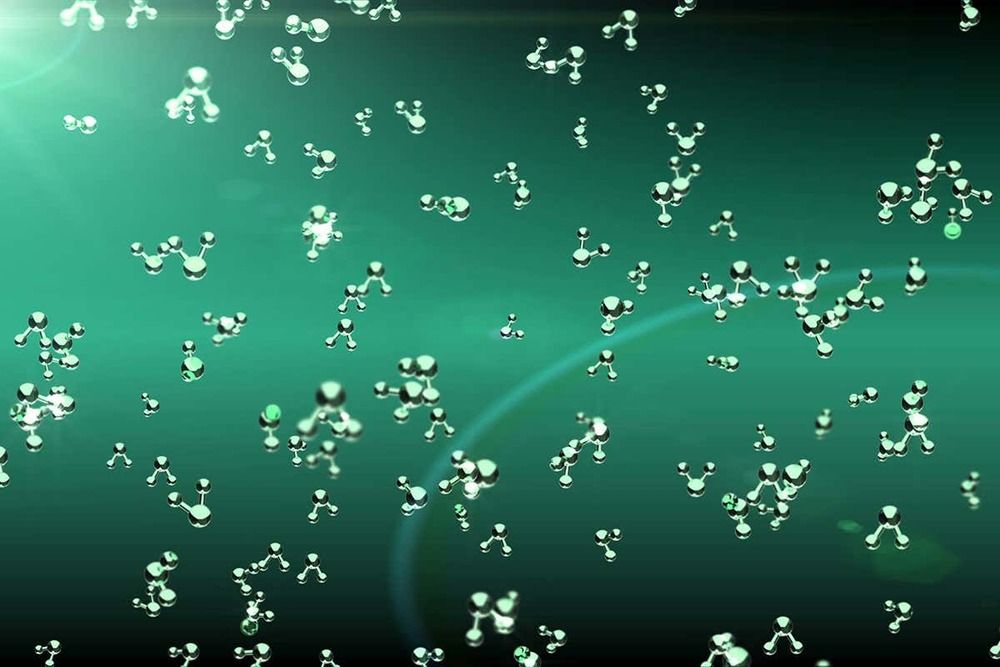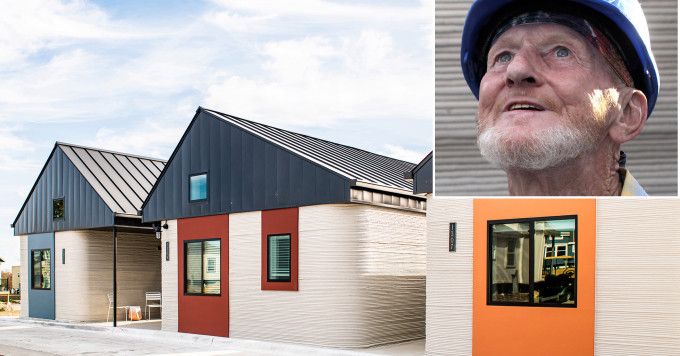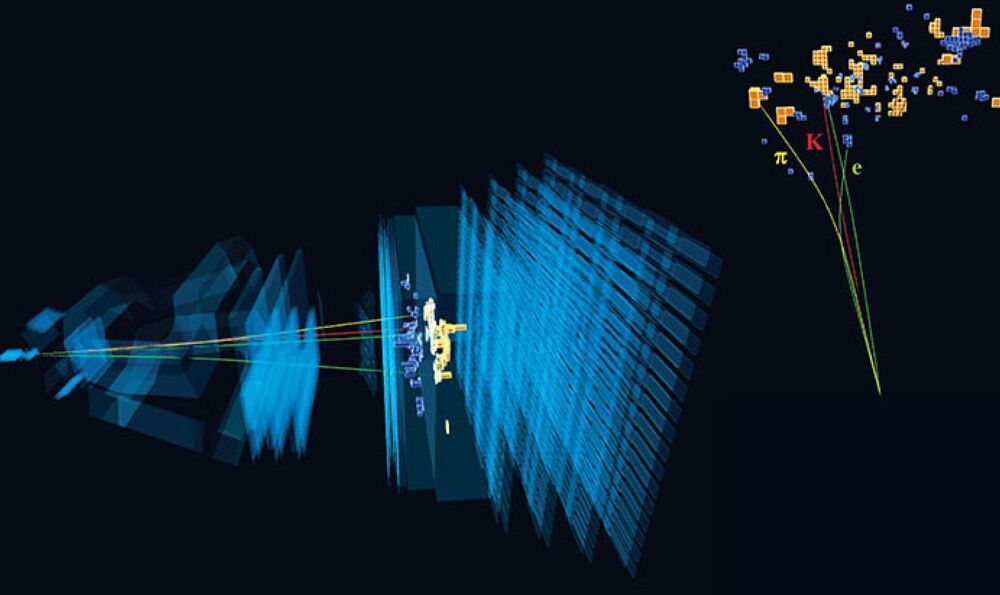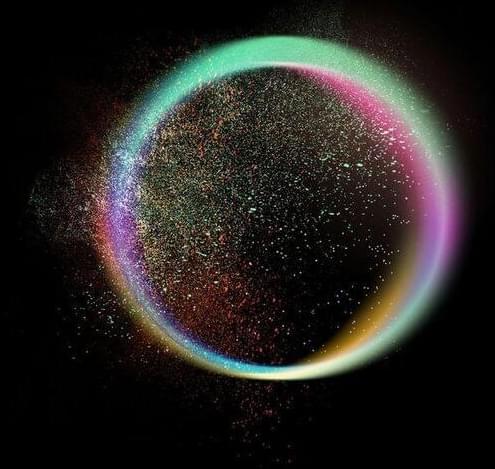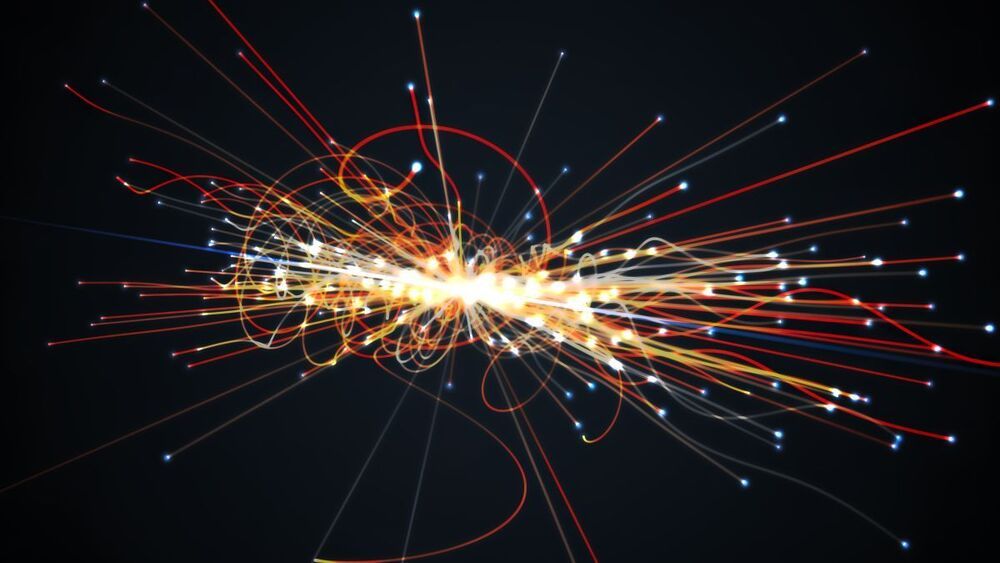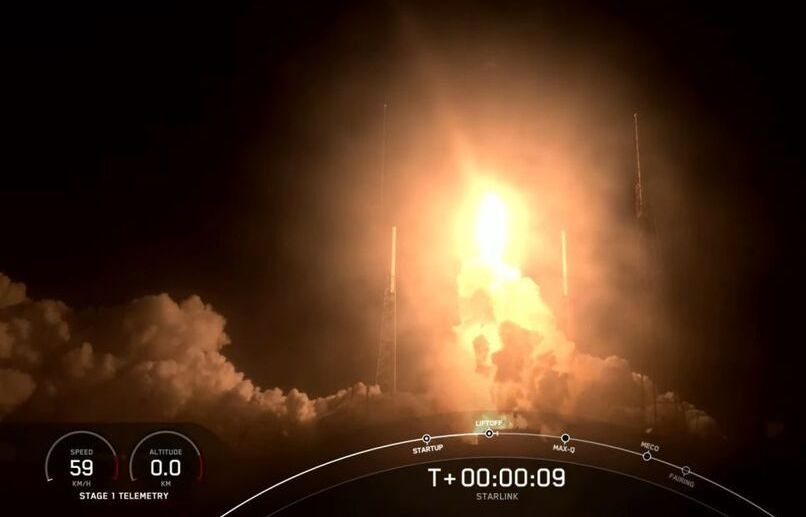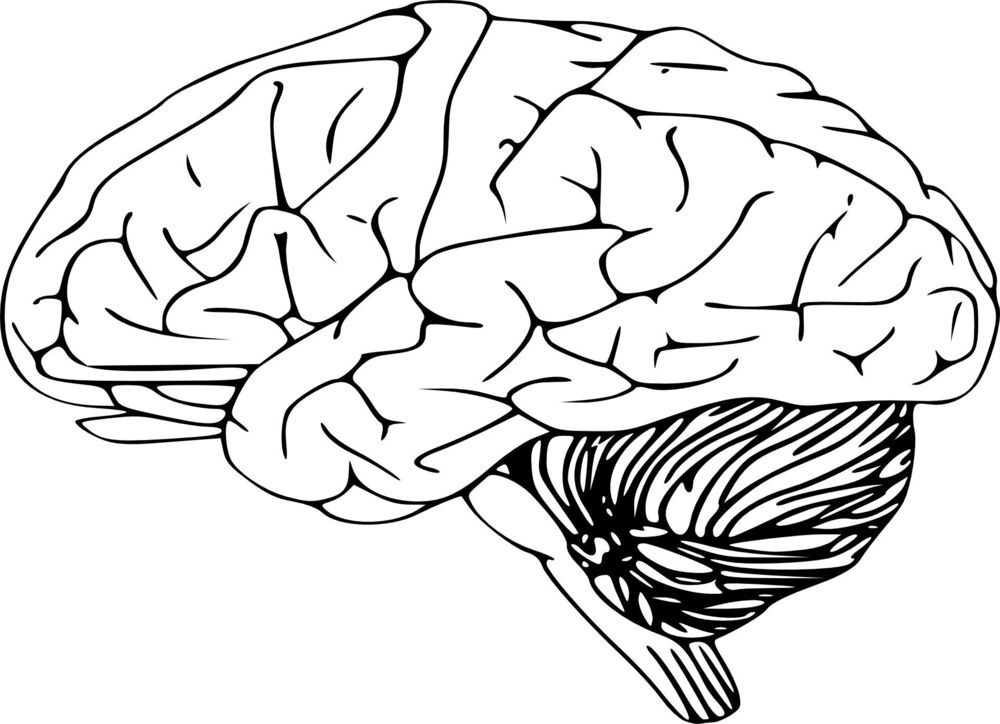
Should interest those into links on aging/longevity and neuroscience.
The mammalian center for learning and memory, hippocampus, has a remarkable capacity to generate new neurons throughout life. Newborn neurons are produced by neural stem cells (NSCs) and they are crucial for forming neural circuits required for learning and memory, and mood control. During aging, the number of NSCs declines, leading to decreased neurogenesis and age-associated cognitive decline, anxiety, and depression. Thus, identifying the core molecular machinery responsible for NSC preservation is of fundamental importance if we are to use neurogenesis to halt or reverse hippocampal age-related pathology.
While there are increasing number of tools available to study NSCs and neurogenesis in mouse models, one of the major hurdles in exploring this fundamental biological process in the human brain is the lack of specific NSCs markers amenable for advanced imaging and in vivo analysis. A team of researchers led by Dr. Mirjana Maletić-Savatić, associate professor at Baylor College of Medicine and investigator at the Jan and Dan Duncan Neurological Research Institute at Texas Children’s Hospital, and Dr. Louis Manganas, associate professor at the Stony Brook University, decided to tackle this problem in a rather unusual way. They reasoned that if they could find proteins that are present on the surface of NSCs, then they could eventually make agents to “see” NSCs in the human brain.
Continue reading “A novel marker of adult human neural stem cells discovered” »
